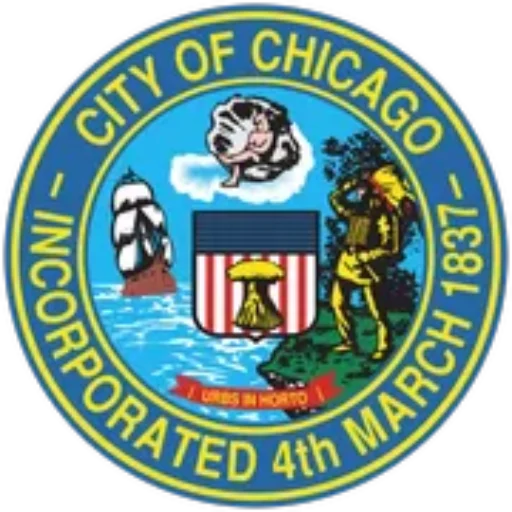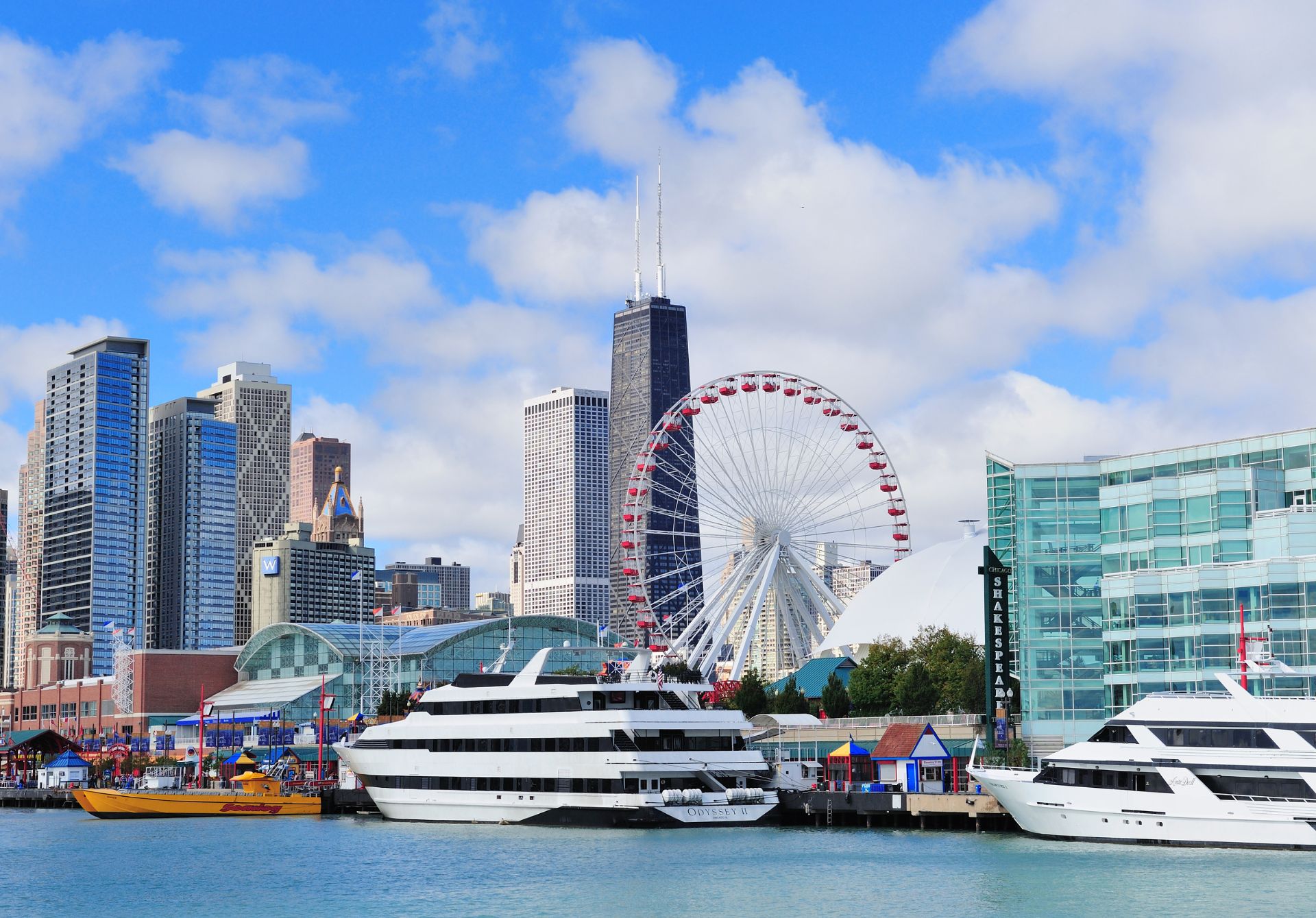Nestled along the picturesque shores of Lake Michigan, Navy Pier stands as a testament to Chicago’s rich history and vibrant spirit. This beloved landmark has been a central part of the city’s identity for over a century, drawing millions of visitors each year to experience its unique blend of entertainment, culture, and recreation.
A Brief History of Navy Pier
Navy Pier’s origins can be traced back to the early 20th century, when the city of Chicago sought to transform its lakefront into a bustling hub of activity. In 1914, the pier was completed and initially served as a shipping and recreational facility, hosting everything from dance halls to exhibition spaces. During World War I, the pier was commandeered by the U.S. Navy and used as a training ground, earning it the moniker “Navy Pier” that would endure for decades to come.
After the war, the pier transitioned into a more public-facing role, becoming a popular destination for Chicago residents and visitors alike. Throughout the mid-20th century, Navy Pier played host to a variety of events, including the Century of Progress World’s Fair in 1933-1934, which drew over 48 million attendees and showcased the city’s technological and cultural advancements.
Revitalizing a Chicago Icon
By the 1970s, however, Navy Pier had fallen into disrepair, and its future as a vibrant civic space was called into question. In the 1990s, a major revitalization effort was undertaken, transforming the pier into the world-class attraction it is today. This $200 million project, completed in 1995, breathed new life into the iconic structure, introducing a variety of recreational, educational, and cultural offerings that have since made it a must-visit destination for both locals and tourists.
Attractions and Experiences
From the iconic Ferris wheel to the vibrant performance venues, Navy Pier offers a diverse array of attractions and experiences for visitors of all ages. The Pier’s 50-foot-tall Ferris wheel, modeled after the original 1893 World’s Fair Ferris wheel, provides breathtaking views of the Chicago skyline and Lake Michigan. Meanwhile, the Chicago Shakespeare Theater, located within the Pier’s grounds, showcases world-class productions and has become a hub for the city’s thriving performing arts scene.
Beyond its entertainment offerings, Navy Pier also boasts a range of educational and cultural attractions. The Chicago Children’s Museum, for example, offers hands-on exhibits and interactive learning experiences that cater to families and school groups. Additionally, the Pier’s expansive green spaces and public art installations provide ample opportunities for visitors to appreciate the city’s natural and artistic beauty.
A Hub for Events and Festivals
Throughout the year, Navy Pier plays host to a variety of events and festivals that celebrate Chicago’s rich cultural diversity. The iconic Fourth of July fireworks display, for instance, draws thousands of spectators to the Pier’s lakefront location, while the annual Chicago Festival showcases the city’s vibrant music, food, and arts scenes. These events not only attract visitors from across the region but also serve as a source of community pride and engagement for local Chicagoans.
As Navy Pier enters its second century, it continues to evolve and adapt to the changing needs and desires of its visitors. From its historic origins as a shipping and recreational facility to its current status as a premier entertainment and cultural destination, this iconic Chicago landmark has remained a vital part of the city’s identity. With its diverse array of attractions, events, and experiences, Navy Pier stands as a testament to the boundless creativity, resilience, and community spirit that make Chicago one of the most dynamic and inspiring cities in the world.

